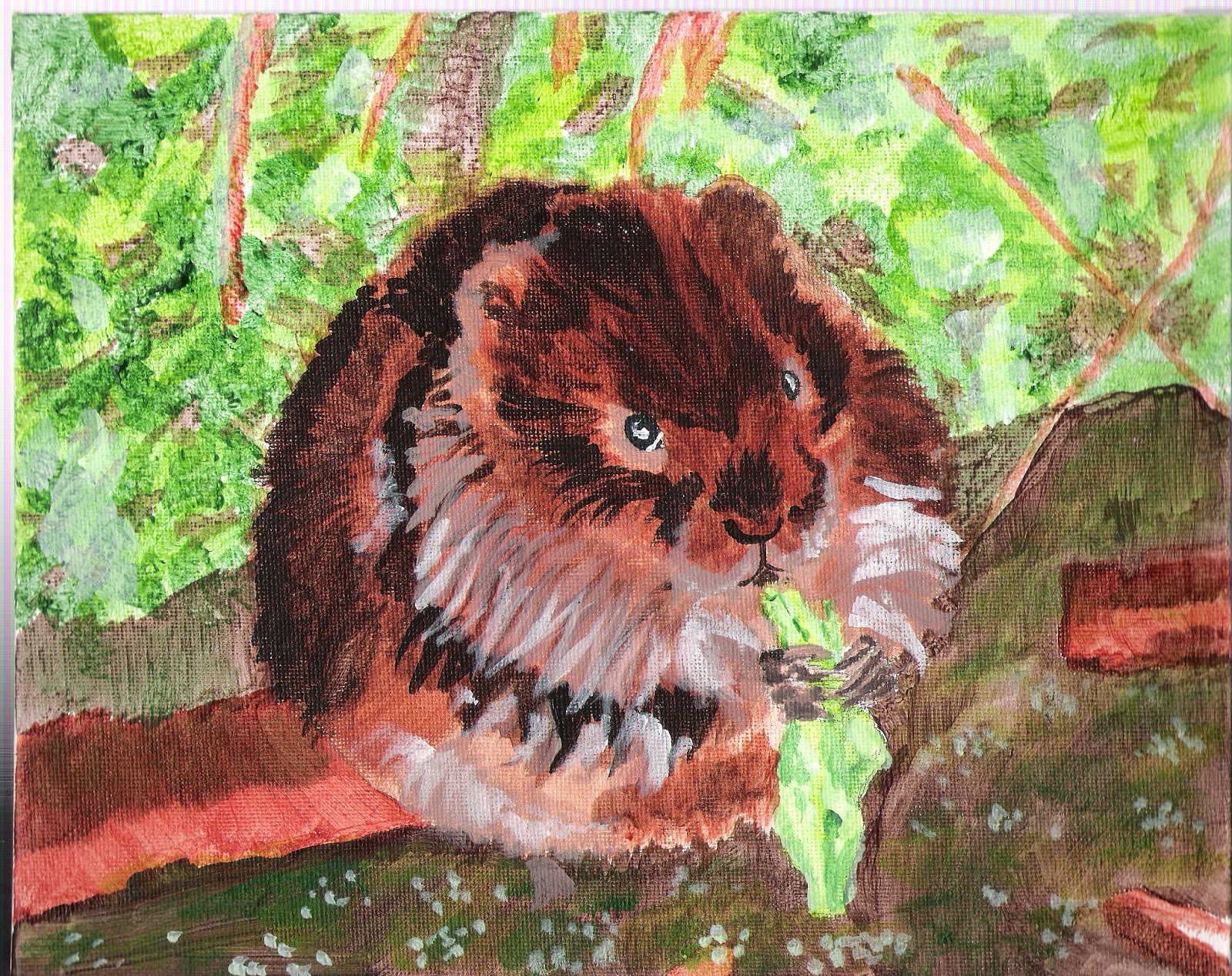 |
| Galapagos ground finch |
For our honeymoon, we went on a once in a lifetime trip to the Galapagos Islands. It was everything we dreamed it would be; the animals were so unafraid of humans they would not run away and all of the wildlife was so abundant. We saw over 40 different species, and that's before even taking into account fish seen whilst snorkeling, or plants!
The first island we visited was San Cristobal. We arrived by plane from mainland Ecuador, and were immediately greeted by views of frigate birds over the sea, and by Galapagos finches hopping around the airport. We were quickly taken to our hotel and to pick up snorkeling equipment. Then, our naturalist guide took us to the waterfront. It was unbelievable; there were sealions and marine iguanas everywhere, along with sally lightfoot crabs and a lava heron. Some sealions were even asleep on the benches! Our guide was patient, and understood our excitement, despite knowing that these were the most common species we would see over the coming days.
 |
| Sealion on bench, reading 'preserve what is ours' |
 |
| Marine iguana |
Later he took us on a walk to and along the beech, where we saw even more sealions, marine iguanas and frigate birds, but also lava lizards, pelicans, flying blue footed boobies. A couple of frigate birds flew over our group so low that we could have reached up and touched them. After this little adventure, we got dropped off at a beach to await the sunset, enjoying the company of the sealions and watching the youngsters call and search for their mothers, then suckle. Some of them looked like perfect sand sculptures as they clambered up the beach still wet from the sea. The sun, as it set, was beautiful over the sea and by this point, we were completely and utterly enchanted by these 'charmed islands' and were looking forward to what the next day had in store.
 |
| Sally lightfoot crab |
 |
| Lava heron (subspecies of striated heron) |
 |
| Lava lizard |
 |
| Frigate bird - one of the pirates of the sea |
 |
| Suckling sealion |
 |
| Sealion sand sculpture |
 |
| Sunset with the sealions |
 |
| Kicker rock |
The following day was a snorkeling trip to 'Kicker Rock'. As we had to be there for a particular time slot, we had a couple of hours wildlife spotting from the speedboat. We saw blue footed boobies and brown pelicans up close, young, female and displaying male frigate birds, a yellow-crested night heron, swimming marine iguanas, and the odd Galapagos green turtle poking its head out of the waves.
Snorkeling at Kicker Rock was hard work; it was deep and the current was strong, so I didn't last long before heading back to the boat. I occupied myself attempting to photograph the seabirds resting and nesting on the rock, such as Nazca boobies, red-billed tropic birds, brown noddies... Most of the others, however, including my husband, continued on to see hammerhead, Galapagos and white-tipped reef sharks, as well as thousands of fish, green and hawksbill turtles... sealions...
 |
| Blue footed booby! |
 |
| Brown pelican |
 |
| Brown noddies |
 |
| Yellow crested night heron |
 |
| Displaying frigate birds |
 |
| Brown pelican |
 |
| Nazca boobies |
 |
| Rescued giant tortoise |
Later in the afternoon, our guide took us to the Interpretation Centre on San Cristobal, where he explained how the island chain formed and how different species arrived on the islands, were isolated for many many years, and therefore accrued mutations that led to them becoming new species in their own right. Speciation is a fascinating process, and can be obviously seen through the bill shapes and niches of the Galapagos finches. However, our guide explained that it was actually the mocking birds of the Galapagos that Darwin focused on more than the finches, and which gave him the idea. At the interpretation centre, we saw a rescued giant tortoise and our first Galapagos flycatcher. On our way out, we were told about the environmental issues facing the Galapagos, such as how they generate electricity (at present, some islands are powered by diesel generators, the diesel for which must be imported from the mainland), what they do with their waste, how they get enough food for the people that live there... and what is being done to combat these problems.
 |
| Galapagos flycatcher |
The next morning we headed to the myseterious Floreana Island, which you can read about in my next post!








































